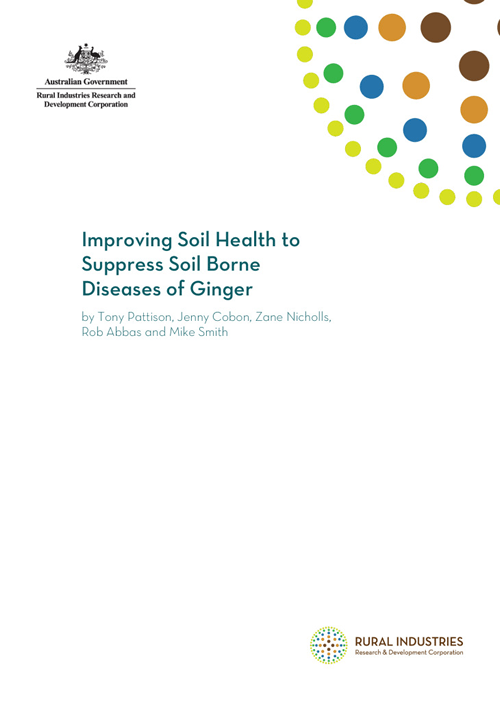Declining soil fertility and biological soil health represent a major threat to sustainable agricultural development in Australia. To remain competitive, ginger growers have intensified crop production to supply growing markets, but have typically failed to replenish organic matter adequately. They have consequently experienced falling yields and increasing problems with soil borne diseases and nematodes that are symptomatic of declining soil health.
Current soil management recommendations for increased pathogen suppressiveness are mainly based on increasing organic inputs to the soil, reducing disturbances such as tillage, and diversifying crop rotation. To successfully enhance soil suppressiveness, it is necessary to understand how particular farming practices will influence key components of biodiversity and the soil ecosystem. The specific aims of the research were to find the indicators that related to ginger soil health and determine if the soil health indicators could be validated with suppression of the soil borne diseases of ginger. This research is important as it identifies practices to improve soil health in a ginger farming system which are designed to reduce losses and increase production of ginger following successful control of Pythium Soft Rot and other soil borne diseases such as Fusarium Yellows and root-knot nematodes.





